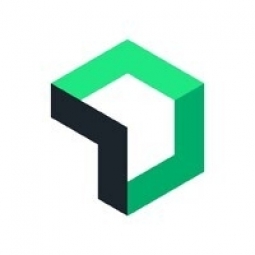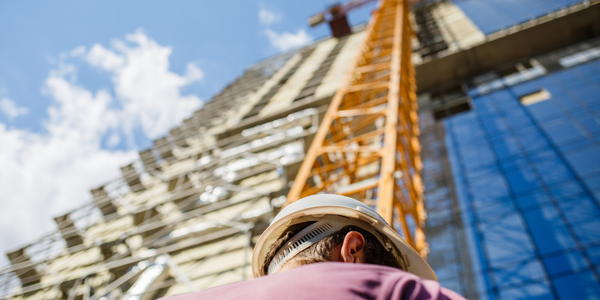技术
- 应用基础设施与中间件 - 事件驱动型应用
- 传感器 - 温度传感器
适用行业
- 水泥
- 建筑与基础设施
适用功能
- 产品研发
用例
- 行为与情绪追踪
- 泄漏与洪水监测
服务
- 系统集成
关于客户
智能生长解决方案 (IGS) 是一家小型组织,通过自动化生长塔种植营养美味的食物。他们严重依赖技术和数据来确保系统的可靠性,因为任何中断都可能导致农作物死亡。当他们扩大规模并处理更大量的数据时,他们需要深入了解系统的可靠性,同时控制成本。他们大量使用 Kubernetes,最初使用 Application Insights 作为 Microsoft Azure 的一部分,但发现它与他们收集的数据量没有很好地集成。
挑战
Intelligence Growth Solutions (IGS) 是一家通过自动化生长塔种植营养食品的公司,在维持系统可靠性方面面临着重大挑战。他们产品的性质要求高度可靠性,因为任何中断都可能导致农作物死亡。作为一个小型组织,他们需要深入了解系统的可靠性,特别是当他们扩展和处理大量数据时。最初,他们使用 Application Insights 作为 Microsoft Azure 的一部分,但由于大量使用 Kubernetes,因此它无法与他们收集的数据量很好地集成。他们考虑了开源解决方案,但团队中只有三个人,管理该解决方案将变成一项全职工作。他们需要一个符合开放标准、允许通过日志记录和跟踪进行监控并且是 Kubernetes 原生的 SaaS 解决方案。
解决方案
IGS 选择了软件分析公司 New Relic 作为他们的解决方案。 New Relic 采用 OpenTelemetry 等开源技术以及与 Prometheus 的集成,使其非常适合 IGS。检测阶段很简单,只需将 APM 代理添加到容器中即可完成大约 90% 的工作。对于更专业的库,添加了一些自定义工具,但几乎不需要任何时间。 New Relic 还使用标准方法来收集给定语言的日志,这使得该过程更加顺利。 IGS 还利用 New Relic 丰富的 API 和 Terraform 提供程序来自动创建仪表板、工作负载视图以及给定环境的自定义或警报。这使他们能够将这些警报作为代码审查的一部分,从而在软件工程和站点上创建标准化的工作流程。
运营影响
数量效益

Case Study missing?
Start adding your own!
Register with your work email and create a new case study profile for your business.
相关案例.
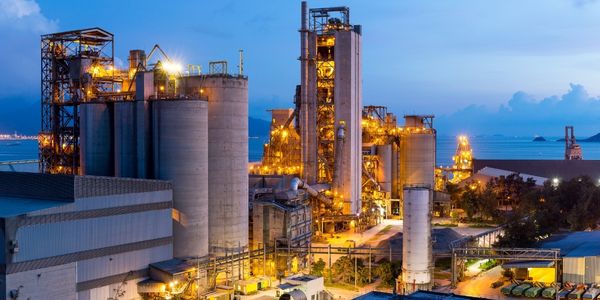
Case Study
System 800xA at Indian Cement Plants
Chettinad Cement recognized that further efficiencies could be achieved in its cement manufacturing process. It looked to investing in comprehensive operational and control technologies to manage and derive productivity and energy efficiency gains from the assets on Line 2, their second plant in India.

Case Study
IoT System for Tunnel Construction
The Zenitaka Corporation ('Zenitaka') has two major business areas: its architectural business focuses on structures such as government buildings, office buildings, and commercial facilities, while its civil engineering business is targeted at structures such as tunnels, bridges and dams. Within these areas, there presented two issues that have always persisted in regard to the construction of mountain tunnels. These issues are 'improving safety" and "reducing energy consumption". Mountain tunnels construction requires a massive amount of electricity. This is because there are many kinds of electrical equipment being used day and night, including construction machinery, construction lighting, and ventilating fan. Despite this, the amount of power consumption is generally not tightly managed. In many cases, the exact amount of power consumption is only ascertained when the bill from the power company becomes available. Sometimes, corporations install demand-monitoring equipment to help curb the maximum power demanded. However, even in these cases, the devices only allow the total volume of power consumption to be ascertained, or they may issue warnings to prevent the contracted volume of power from being exceeded. In order to tackle the issue of reducing power consumption, it was first necessary to obtain an accurate breakdown of how much power was being used in each particular area. In other words, we needed to be able to visualize the amount of power being consumed. Safety, was also not being managed very rigorously. Even now, tunnel construction sites often use a 'name label' system for managing entry into the work site. Specifically, red labels with white reverse sides that bear the workers' names on both sides are displayed at the tunnel work site entrance. The workers themselves then flip the name label to the appropriate side when entering or exiting from the work site to indicate whether or not they are working inside the tunnel at any given time. If a worker forgets to flip his or her name label when entering or exiting from the tunnel, management cannot be performed effectively. In order to tackle the challenges mentioned above, Zenitaka decided to build a system that could improve the safety of tunnel construction as well as reduce the amount of power consumed. In other words, this new system would facilitate a clear picture of which workers were working in each location at the mountain tunnel construction site, as well as which processes were being carried out at those respective locations at any given time. The system would maintain the safety of all workers while also carefully controlling the electrical equipment to reduce unnecessary power consumption. Having decided on the concept, our next concern was whether there existed any kind of robust hardware that would not break down at the construction work site, that could move freely in response to changes in the working environment, and that could accurately detect workers and vehicles using radio frequency identification (RFID). Given that this system would involve many components that were new to Zenitaka, we decided to enlist the cooperation of E.I.Sol Co., Ltd. ('E.I.Sol') as our joint development partner, as they had provided us with a highly practical proposal.

Case Study
Splunk Partnership Ties Together Big Data & IoT Services
Splunk was faced with the need to meet emerging customer demands for interfacing IoT projects to its suite of services. The company required an IoT partner that would be able to easily and quickly integrate with its Splunk Enterprise platform, rather than allocating development resources and time to building out an IoT interface and application platform.
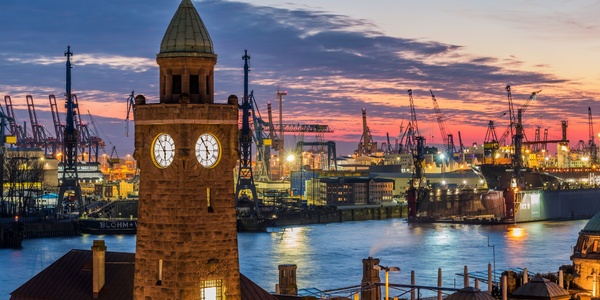
Case Study
Bridge monitoring in Hamburg Port
Kattwyk Bridge is used for both rail and road transport, and it has played an important role in the Port of Hamburg since 1973. However, the increasing pressure from traffic requires a monitoring solution. The goal of the project is to assess in real-time the bridge's status and dynamic responses to traffic and lift processes.
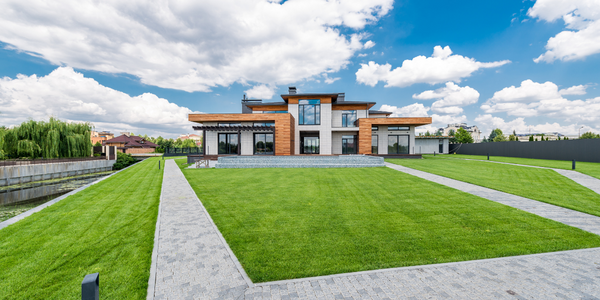
Case Study
Bellas Landscaping
Leading landscaping firm serving central Illinois streamlines operations with Samsara’s real-time fleet tracking solution: • 30+ vehicle fleet includes International Terrastar dump trucks and flatbeds, medium- and light-duty pickups from Ford and Chevrolet. Winter fleet includes of snow plows and salters.




